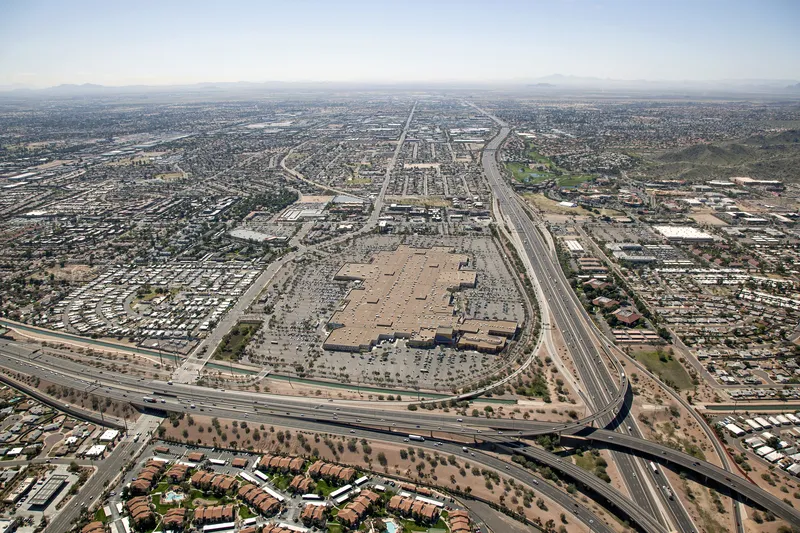Presented at the Consumer Electronics Show 2019 in Las Vegas, the RIS-9260 is based on the Qualcomm 9150 C-V2X chipset solution, and is designed to connect vehicles with their environment, “while enabling traffic infrastructure to support vehicles with the information needed to improve safety, efficiency and support autonomous driving”.
Kapsch TrafficCom CTO Alexander Lewald says: “Beyond its use for roadsides, the solution comprises of V2X edge-computing, and is a collaborative mobility platform, as well as an intuitive software development kit that allows road operators to develop V2X applications in a fast and agile way.”
Nakul Duggal, senior vice president of product management, Qualcomm, says: “We look forward to continuing our work with leading RSU providers like Kapsch to help accelerate the commercialisation of the C-V2X direct communications using the 9150 C-V2X chipset solution.”
Kapsch TrafficCom introduces new roadside unit for C-V2X
Kapsch TrafficCom has introduced what it says is the first configurable roadside unit for Cooperative Vehicle to Everything (C-V2X) direct communication.
Presented at the Consumer Electronics Show 2019 in Las Vegas, the RIS-9260 is based on the Qualcomm 9150 C-V2X chipset solution, and is designed to connect vehicles with their environment, “while enabling traffic infrastructure to support vehicles with the information needed to improve safety, efficiency and support autonomous driving”.
Kapsch Traff
January 9, 2019
Read time: 2 mins









